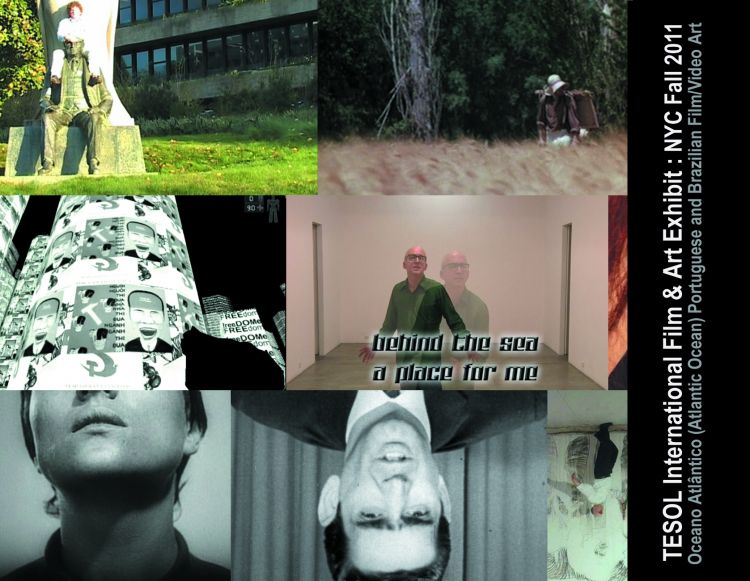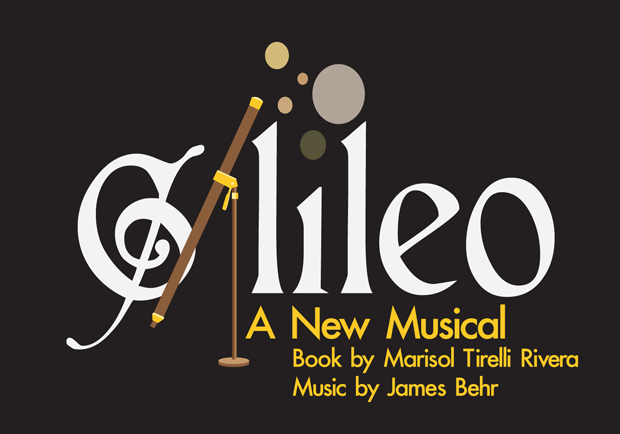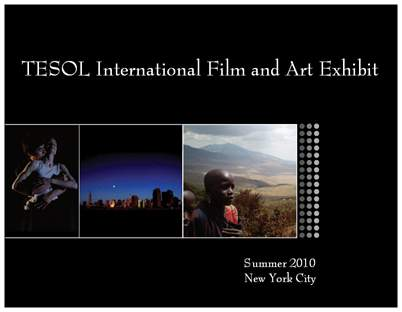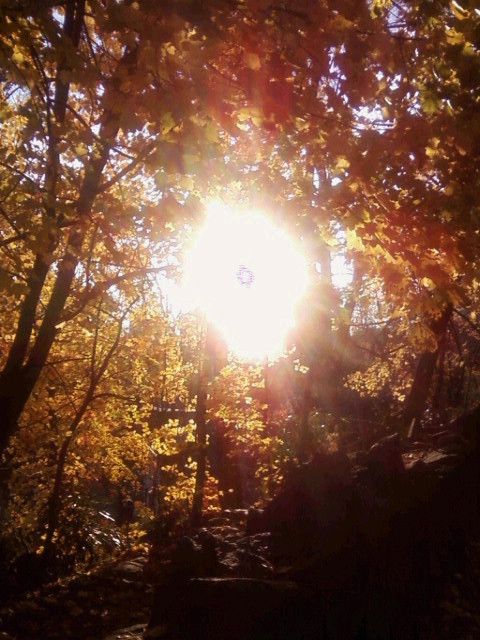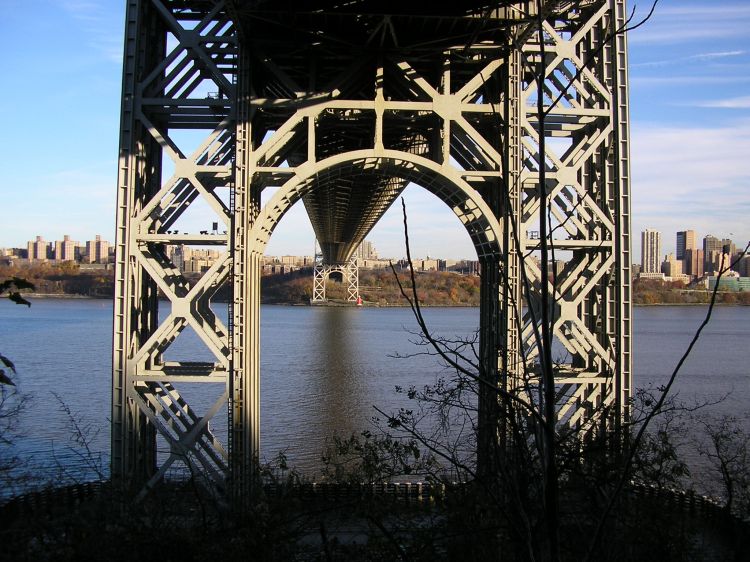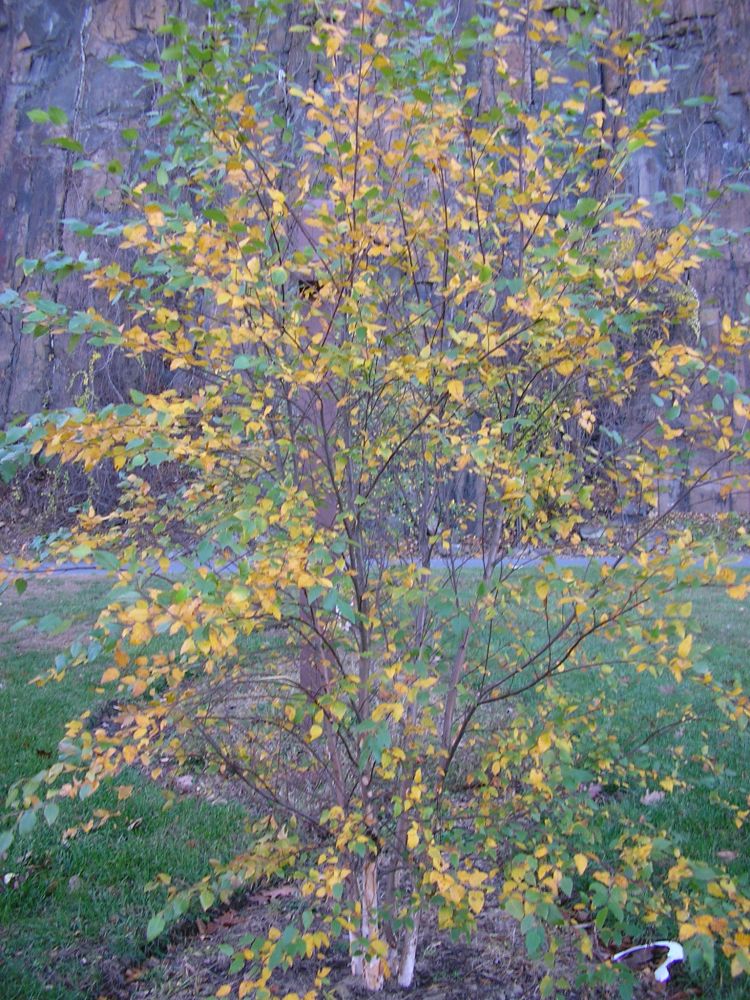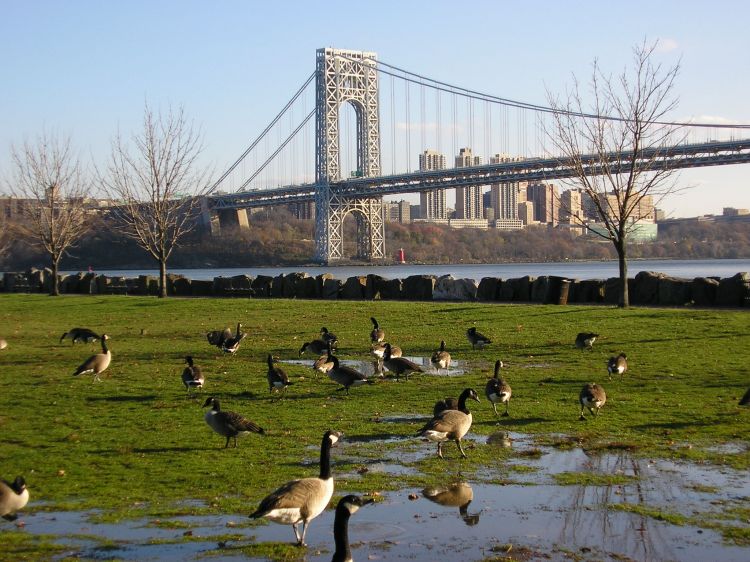I have found myself back at the Whitney Museum studying another classic American painter, Edward Hopper. Although he is very famous, I came in with only a limited knowledge of his work, a vision of Nighthawks, a painting I have seen in virtually every poster store in America for my entire life. I had an expectation of seeing very kitsch cinematic images. I was pleasantly wrong, and Nighthawks was no where to be seen. The exhibit was a collection of his work and that of his contemporaries weaved into the landmark achievements of his life span.
For the most part, I am only drawn to his work, and the other pieces seem token to me. Although, I am happy to compare and contrast Hopper’s work to his close colleague, Charles Burchfield, as they hang next to each other in a collection of Cape Cod and Colonial architectural landscapes. The description on the wall reads: "American scene painting with colleague Charles Burchfield captured the sturdy individualism at the heart of the American ethos, particularly during the hardships of the Great Depression". Hopper’s paintings contrast with dark colors and splotches of light. While Burchfield seems to outline his images in dark colors, Hopper uses his dark colors more for shading and magnifying contrast and perspective. There is more of a spatial contrast in Hopper’s dark colors than in Burchfield’s. However, both of their paintings give me a feeling of American dreaminess and nostalgia.
The next room takes us into more work of Hopper’s contemporaries exemplifying the Industrial Age. Hopper’s work is now focusing on industrial and urban scenes including factories, rooftops, railroads, steamboats, and bridges. While the subjects are not necessarily appealing, his portrayals of them are aesthetically appeasing for the viewer. His architectural images are simple with rich vibrant brick reds and art deco greens, somehow archiving their era of creation.
Dark colors may symbolize the Depression, although Hopper’s use of lighting gives us realistic hope and a sense of an exact time of day or night that is being portrayed in his paintings. He captures interesting moments in places that seem quite ordinary, and exposes hidden beauty and unique cultural details about his subjects and venues. I particularly enjoyed his untitled oil painting on board, Solitary Figure in a Theatre (1902-04) which shows a figure in the front row of a dark theatre. This ambient small painting is done in shades of gray and black. He pays great attention to depth and the mood of seeing a movie alone in a dark theatre. Although his paintings are quite realistic, they are not photographic, and there is a feeling of expressionism.
People may be painted from the back or as a blurr. The images are not exact, but they are very recognizable. This can be seen in his painting Barber Shop (Oil on Canvas, 1931) which shows the movement of the barber as his back is turned to us, and he is shaving his customer. The reflection of his faced is blurred in the mirror, but we see the details of his balding head. The customer appears faceless. The manicurist is sat at the center of the portrait reading a magazine. Her facial features are more in detail, but not distinct. Somehow we know who these people are and what they look like. There are just enough important details to give us this information. We are put into this scene and given an inside look. I am reminiscent of Seurat’s figures on the Island of Grande Jatte, but I can also relate Hopper’s work to that of Rembrandt’s: dark, rich, and filled with shadows.
In Hopper’s A Woman in the Sun (Oil on Canvas, 1961), a woman stands next to her bed in the nude and looks out the window as the sun shines through on the front half of her body. It is the morning, she is smoking a cigarette, and her only apparel seen is her black high heels on the floor. Hopper paints her in details, again not photographic, but we sense the mood and her character through his use of light and shadows. She is a modern Olympia– I see Manet’s influence in his work. The figures are realistic and impressionistic at the same time.
Hopper’s Queensborough Bridge (Oil on Canvas, 1913) is unique in this collection as it is done in light pastel colors. It is impressionistic; the colors are pale, muted, and blurred. The reflection of the bridge in the river is expressed with simple dark gray horizontal brush strokes in contrast to the light gray color of the river. The painting is subtle, simple looking – a harmony of a quiet morning within the Industrial Age.
In contrast, in his painting, Railroad Sunset (Oil on Canvas, 1929), the colors are dark, bright, and bold above a rail road station: dark green over black, medium red to orange to mustard yellow, blending into the blues and greens.
I have discovered beauty in Hopper’s contradictions: the contrasts of dark and light colors, lights and shadows, nature and industry, and details and ambiguity. I can appreciate an influence and evolution of European painting in America, and can now truly admire and respect the American painter, such as Edward Hopper, as classic and iconic in the history of art.
Modern Life: Edward Hopper and His Time exhibit can be seen at the Whitney Museum in New York City until April 10, 2011.
Marisol Tirelli Rivera
Dear Reader,
In The Fray is a nonprofit staffed by volunteers. If you liked this piece, could you
please donate $10? If you want to help, you can also:
